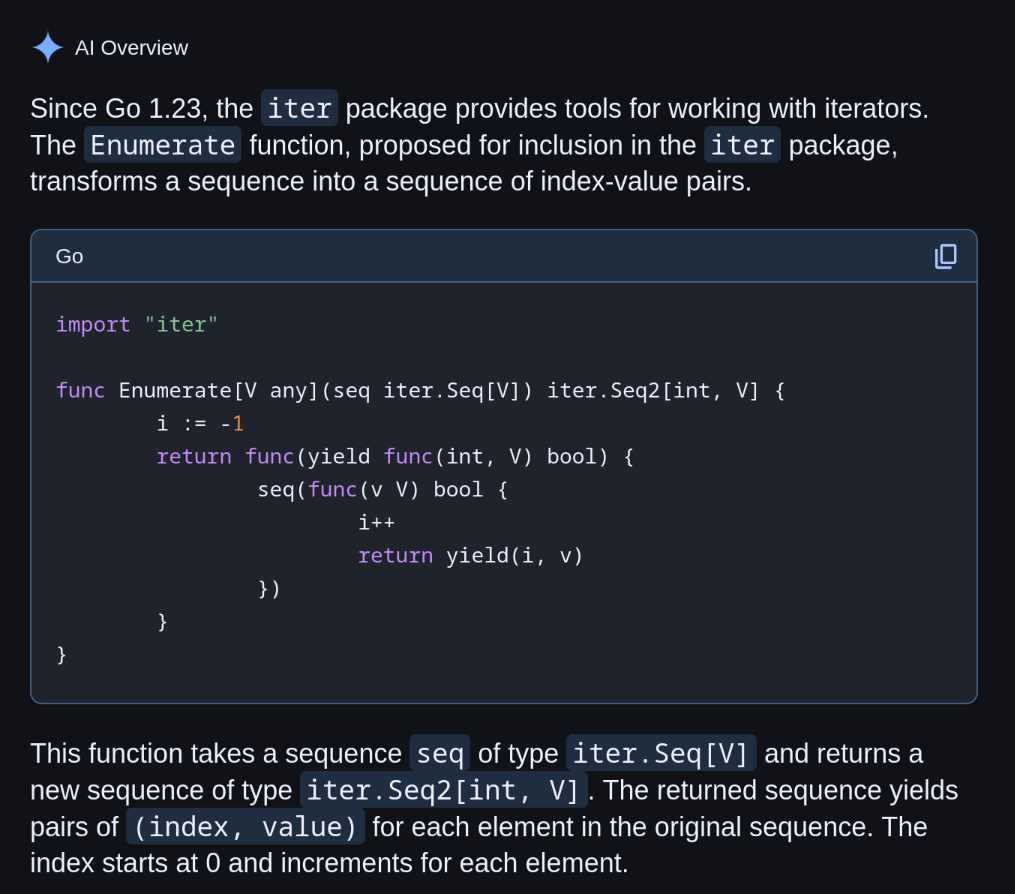
@david.. i see this one but it says its dead. https://watcher.sour.is/?uri=https://ferengi.one/twtxt.txt
Hmm i am not sure how you got the URL with users at the end..
Find it here: https://watcher.sour.is
Code base is found here: https://git.sour.is/sour-is/xt
@kat
$VERSION@$COMMIT and its supposed to be replaced with the actual version and commit.
nick \t uri \t to it. Its something that existed before yarn got big. There is still a bit of work but I will put together a ui for it to make it easier to view and navigate.
https://watcher.sour.is/api/plain/twt
https://watcher.sour.is/api/plain/users
I think @prologic is also working on one.

https://github.com/DracoBlue/twtxt-registry/blob/master/src/swagger.json

-rw-r--r--. 1 xuu xuu 69M Mar 25 20:46 twt.db
-rw-r--r--. 1 xuu xuu 32K Mar 25 21:34 twt.db-shm
-rw-r--r--. 1 xuu xuu 5.6M Mar 25 21:34 twt.db-wal
sqlite> select state, count(*) n from feeds group by 1;
hot|7
warm|8
cold|183
frozen|743
permanantly-dead|857
Chapter 14:
Epilogue:
Chapter 12:
Chapter 13:
Chapter 11 with Alan:
Chapter 7:
Chapter 8:
more examples:
2020 Jan1 New Year's Day @yearly
2020 jan 3Mon Dr. Martin Luther King, Jr Day @yearly
2020 feb 3Mon President's Day @yearly
2020 may -1Mon Memorial Day @yearly
2020 jun19 Juneteenth @yearly
2020 jul1 Independence Day @yearly
2020 jul24 Pioneer Day @yearly
2020 sept 1Mon Labor Day @yearly
2020 oct 2Mon Columbus Day @yearly
2020 nov11 Veteran's Day @yearly
2020 nov 4Thur Thanksgiving Day @yearly
2020 dec25 Christmas Day @yearly
2025-01 Fri [ ] Take out Trash @weekly
2024-10-17 Thu [x] (A) Did this and that completed:2024-10-18
2025-10-18
[ ] (A) Submit important papers
[ ] (B) Work on +ProjectB
- some note
2024-10-21
- some notes about things to remember for Monday
[ ] Do that
[ ] Travel the stars
Chapter 4:
2025-01 Fri [ ] Take out Trash @weekly
For a task that starts the first Friday of January and repeats weekly.
https://git.sour.is/sour-is/cal
Chapter 4:
so dry.. haha this would put me to sleep
Chapter 2:
if you want a different voice let me know which to use: https://rhasspy.github.io/piper-samples/
https://git.sour.is/xuu/piper
NewRAMStorage(…) is just something that setups your storage and initial data.. that can probably live with storage/sqlite. The point is the storage package does not import the implementations of storage.Storage It just defines the contract for things that use that interface. Now storage/sqlite CAN import storage and not have a circle dep. It kinda works in reverse for import directions. usually you have your root package that imports things from deeper in the directory structures.. but for the case of interfaces it reverses where the deeper can import from parents but parents cannot import from children.
- app < storage
< storage/sqlite
< controller < storage
< storage/sqlite
- sqlite < storage
- storage X storage/sqlite
storage.Storage - storage/ defines the
Storage interface (no tests!) - storage/sqlite for the sqlite implementation tests for sqlite directly
- storage/ram for the ram implementation and tests for RAM directly
- controller/ can now import both storage and the implementation as needed.
So now I am guessing you wanted the RAM test for testing queries against sqlite and have it return some query response?
For that I usually would register a driver for SQL that emulates sqlite. Then it's just a matter of passing the connection string to open the registered driver on setup.
https://github.com/glebarez/go-sqlite?tab=readme-ov-file#connection-string-examples
Yarn won't display anything. but the parser does add it to the AST in a way that you can parse it out using
twt.Attrs().Get("lang")https://git.mills.io/yarnsocial/go-lextwt/src/branch/main/ast.go#L1270-L1272
https://git.mills.io/yarnsocial/go-types/src/branch/main/twt.go#L473-L478
https://git.mills.io/yarnsocial/go-lextwt/pulls/17
Actually it was your old feed on eapl.mx
https://git.mills.io/yarnsocial/go-lextwt/pulls/17
Actually it was your old feed on eapl.mx
2025-03-02T13:20:00-07:00 (#<fmgas3a https://twtxt.net/user/prologic/twtxt.txt?t=2025-03-02T10:12:13Z>) @<prologic https://twtxt.net/user/prologic/twtxt.txt> its hard to change by consensus. Some things are won in implementation.
if you look at the subject for that twt you will see that it uses the extended hash format to include a URL address.

- System Design Interview Vol. 1 and 2, Alex Xu and Sahn Lam
- Designing Data-Intensive Applications, Martin Kleppmann
I have the books but they don't grow much more past interview level.
@twtxt.net@twtxt.net?

i guess i left it out. though shouldnt be to hard to add it back in

" " instead of "T"
https://git.mills.io/yarnsocial/go-lextwt/pulls/32
and the second? i get POST errors when i try to submit the webform.
apparently i can't make the edit via gitea.. i am guessing its hitting one of your firewall rules.